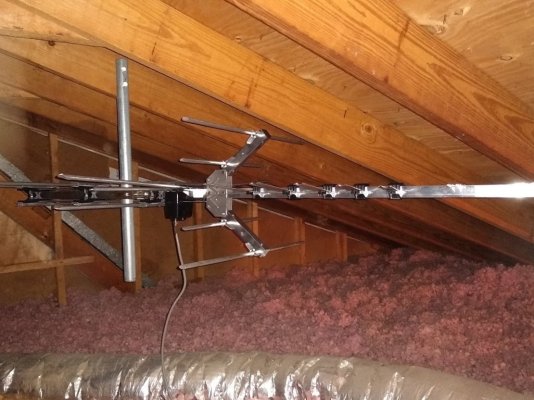Stormy Kromer
Thinks s/he gets paid by the post
- Joined
- Oct 1, 2017
- Messages
- 1,157
If this question has been addressed earlier I apologize, I don't frequent the technology forum on this site.
I am moving to the country and am too frugal to pay for dish or other pay per view options beyond netflix. It would be nice to get one of the major networks for news. I will be within 50 miles of a couple TV towers and should be able to pick them up with a decent antenna
I know antennas have come a long ways since the days we had to mount them on the roof and rotate them when you wanted to change channels. I'm thinking of putting one in the attic of the two story house in hopes of picking up a station or two.
Does anyone have any experience or suggestions ? Thank you.
I am moving to the country and am too frugal to pay for dish or other pay per view options beyond netflix. It would be nice to get one of the major networks for news. I will be within 50 miles of a couple TV towers and should be able to pick them up with a decent antenna
I know antennas have come a long ways since the days we had to mount them on the roof and rotate them when you wanted to change channels. I'm thinking of putting one in the attic of the two story house in hopes of picking up a station or two.
Does anyone have any experience or suggestions ? Thank you.


